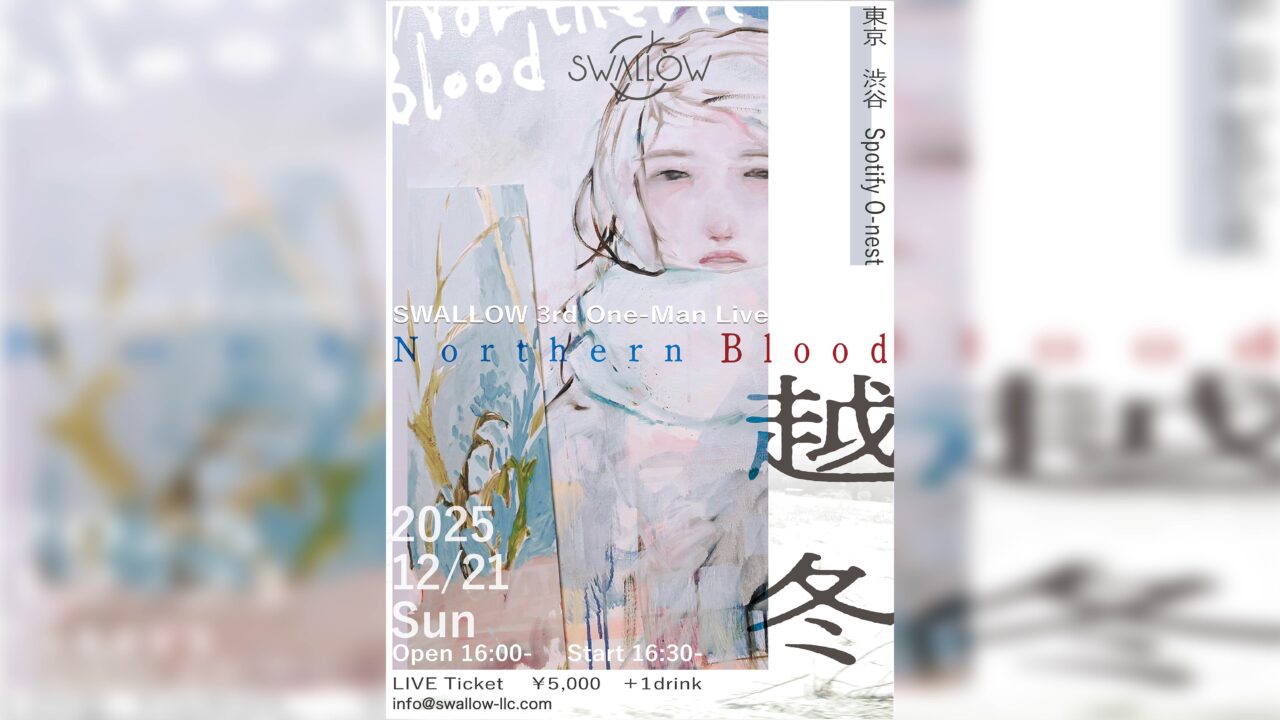A circle of friends connected by goo touch! The “FIST BUMP” corner of the radio program “GRAND MARQUEE” features people who live and enjoy Tokyo in a relay format.
On September 28, Masanao Amano, editor-in-chief of the magazines “Kikan esu” and “Small esu”, was introduced by Otomo Katsuhiro researcher Junya Suzuki. While working on a magazine that introduces illustrators from a wide range of genres, we asked Mr. Amano, who was in charge of Yusuke Nakamura’s art collection of ASIAN KUNG-FU GENERATION’s CD jackets, about the birth of “S” Quarterly and “Small S,” and the history of collaboration between illustration and music.
INDEX
How “Kikan esu” a magazine covering illustrations, was created
Celeina(MC): Could you explain again what kind of magazines “Kikan esu” and “Small esu” are, which overlap with the history of illustration in Japan?
Amano: “Kikan esu” is a magazine that covers illustrations, manga, and anime, and its sister magazine “Small esu” is a book that elementary and junior high school students read, which recommends “Let’s draw pictures” to young people who want to draw pictures.
Takano (MC): What kind of illustrators are featured in “Kikan esu”?
Amano: For example, from those who design characters for games and animation to those who draw pictures for picture books, advertisements, CD jackets, videos, and music videos. Most of the people who draw the visuals participate.
Celeina:How did you become interested in illustration?
Amano: I originally worked for a publishing company that produced a magazine called “Bijutsu Techo,” which mainly dealt with contemporary art. There, I found that students who wanted to draw pictures were surprisingly influenced by manga and anime, not contemporary art, and there was momentum to introduce such fields to aspiring artists. I felt that illustration, in particular, is similar to fine art in that it condenses the stories and themes expressed in manga and anime into a single picture as a worldview, so I decided to actively introduce it to them.
Takano: So it is not because you yourself like illustrations so much, but rather because you see the trend of the times and decided to engage in this kind of activity?
Amano: Yes, that’s right. It started as a magazine to cover manga artists, but as the times were changing, great talent was gathering among illustrators. So I wanted to focus not only on manga artists, but also on illustrators as expressive people.






















